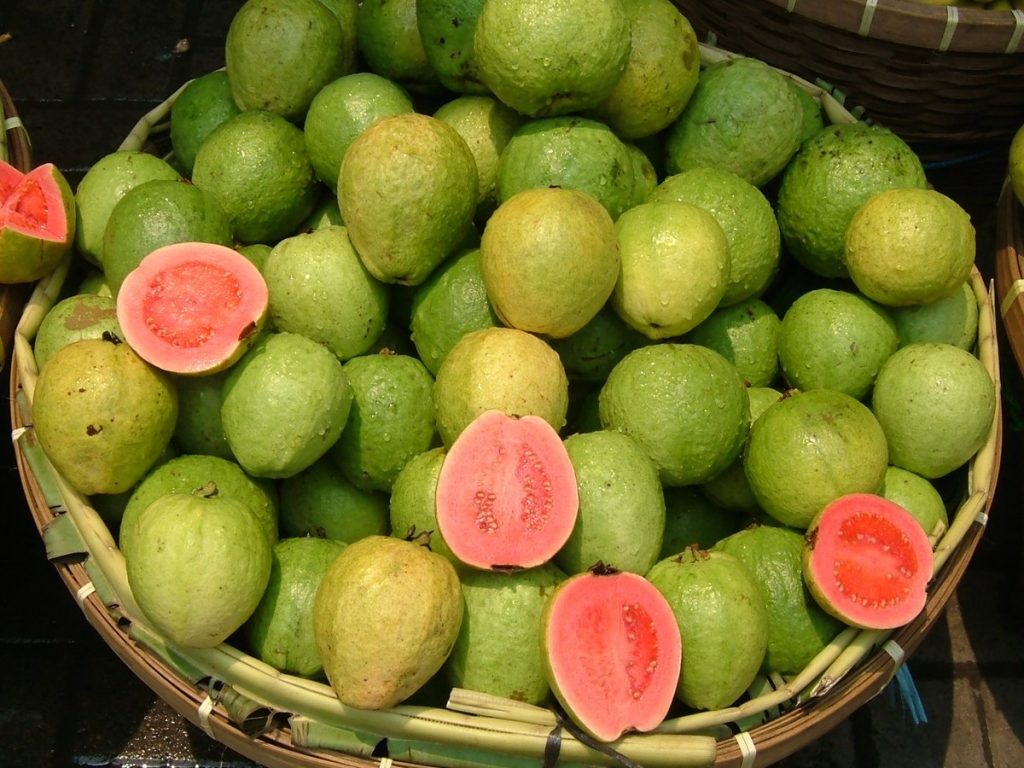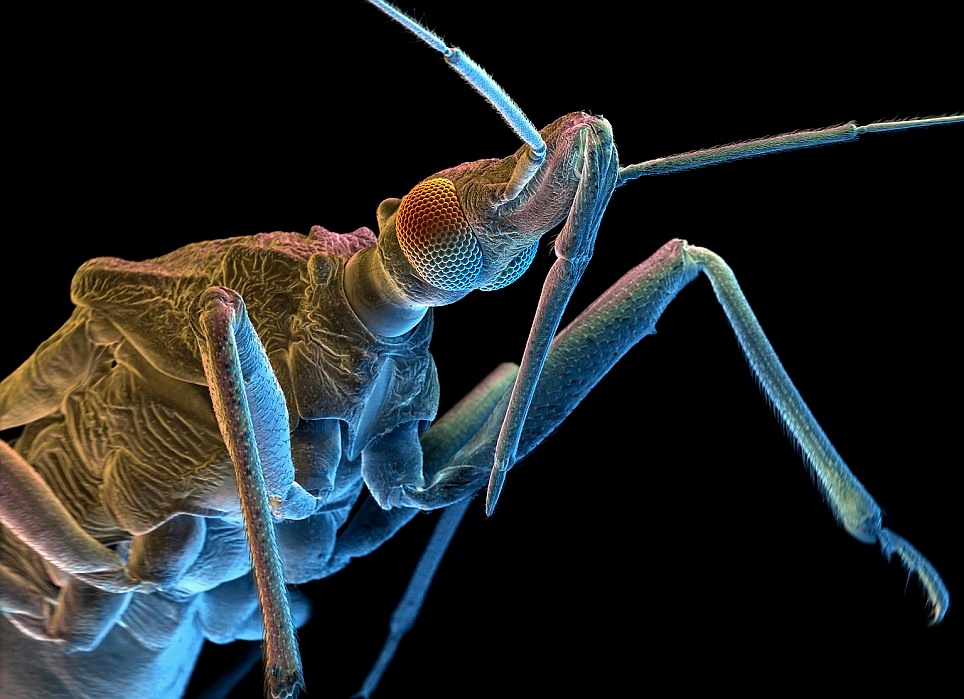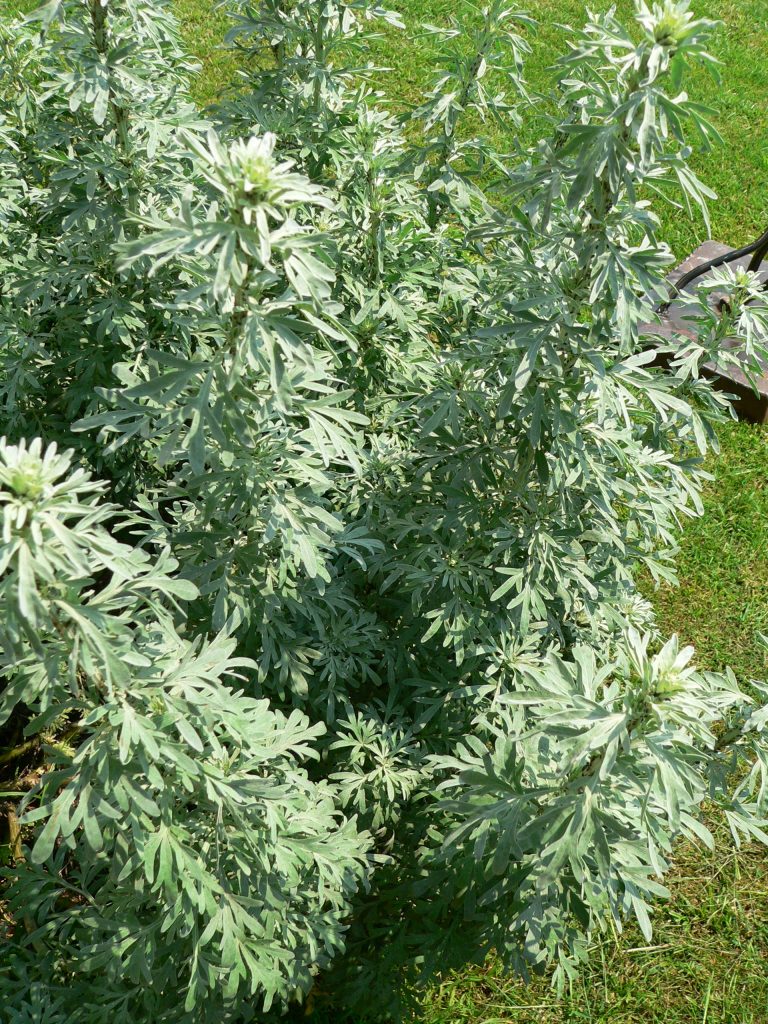β-Caryophyllene presents a wonderfully spicy terpene that’s common to plants like black pepper, clove, or cannabis. It’s a known medicinal powerhouse that interacts directly with our endocannabinoid system via cannabinoid 2 receptors. [1] Thus, β-caryophyllene has been labeled a dietary cannabinoid.
The sesquiterpenoid caryophyllene oxide contributes to terpene profiles of pungent plants like guava, oregano, wormwood, cinnamon, clove, and black pepper. It’s an oxidation product of β-caryophyllene, which can occur during the harvest’s cure. Law enforcement has utilized this chemical conversion by training drug-sniffing dogs to identify the enchanting scent of caryophyllene oxide emanating from dried cannabis. [2] States like Washington have had to desensitize their dogs away from honeyed cannabis to focus on narcotics like heroin.

Many terpenes and cannabinoids have similar therapeutic benefits. Caryophyllene oxide is no different. These properties can include anti-inflammatory, anti-cancer, anti-bacterial, and/or analgesic (pain relief) attributes. While β-caryophyllene selectively binds to cannabinoid 2 receptors, caryophyllene oxide has no binding affinity. [3]
Caryophyllene oxide extracted from the bark of the sweetsop (Annona squamosa) shrub demonstrated pain and inflammation relief properties. [4] Caryophyllene oxide flexes a similar effectiveness to drugs like ciclopiroxolamine and sulconazole for treating nail fungus. [5] Weirdly, human nails are apparently unheard of for in vitro human studies, so these researchers evaluated sheep hoof plates as suitable simulators.
The vampire bug (aka assassin bug, kissing bug) causes a parasitic disease in humans called Chagas disease, occurring from the mid United States down to northern Argentina. These bugs are bloodsuckers and they ghastly transmit Trypanosoma cruzi parasites into our blood through feces discarded near the wound. Symptoms include fever, swelling, fatigue, and diarrhea. The disease’s chronic phase can lead to digestive problems, heart failure, or abdominal pain.

Much has been said regarding the synergy of cannabinoids and terpenes via the ensemble effect. Terpenes also demonstrate that the marriage of two can provide synergy. This was exemplified via the combination of lupenone and caryophyllene oxide. [6] Mice, infected by T. cruzi, witnessed an 80% reduction in amastigote nests in cardiac tissue and skeletal muscle.
Many terpenes reveal harbingers of death (apoptosis) to cancerous cells. The anti-cancer properties of caryophyllene oxide have been demonstrated using human prostate and breast cancer cells. [7] These researchers concluded that caryophyllene oxide can cause apoptosis “through the down-modulation of gene products that mediate tumor cell survival, proliferation, metastasis, and angiogenesis…” Apoptosis was also induced in lymphoma and neuroblastoma (cancer of nerve tissue) cells using the β-caryophyllene and caryophyllene oxide fractions of an essential oil isolated from Indian bael. [8]
These terpenes can potentiate traditional anticancer drug efficacy, too. [3] For example, caryophyllene oxide enhanced the chemotherapy drug doxorubicin in the treatment of intestinal cancer cells [9] and demonstrated potentiation with doxorubicin and paclitaxel anticancer activities on human leukemia, multiple myeloma, and human prostate cancer cell lines. [10] What’s more, caryophyllene oxide, in general, has been described as having “equally strong (or ever stronger) anticancer activity than [β-caryophyllene].” [3] The terpenoid’s ability to prevent cell proliferation and induce apoptosis make it a wonderful option for further research and development.
It hasn’t been all roses, though. Essential oils containing caryophyllene oxide have indicated toxicity; however, some of these tests have been conducted on animals such as brine shrimp and ants, not humans. Caryophyllene oxide comprised up to 39% of the essential oil of a type of wormwood/mugwort. [11] The lethal concentration of the wormwood essential oil that annihilated 50% of the brine shrimp population (LD50) after 24 hours was 20 µg/mL. Oils with higher caryophyllene oxide proved more toxic; however, safety data sheets and toxicity information for the terpenoid standard indicate higher toxic levels [rat (oral) = > 5 grams per kilogram of body weight); rabbit (skin) = > 2 g/kg].

References
- Gertsch, J. et al. “Beta-Caryophyllene is a Dietary Cannabinoid.” Proc Natl Acad Sci USA, vol. 105, 2008, pp. 9099–9104. [journal impact factor = 9.58; times cited = 237 (SemanticScholar)]
- Stahl, E. and Kunde, R. “Die Leitsubstanzen der Haschisch-Suchhunde [Leading Substances for Hashish Narcotic Dogs.].” Kriminalistik, vol. 9, 1973, pp. 385-388. [journal impact factor = 0.06; times cited = 23 (GoogleScholar)]
- Fidyt, K. et al. “β-Caryophyllene and β-Caryophyllene Oxide—Natural Compounds of Anticancer and Analgesic Properties.” Cancer Medicine, vol. 5, no. 10, 2016, pp. 3007–3017. [journal impact factor = 3.357; times cited = 43 (SemanticScholar)]
- Chavan, M. et al. “Analgesic and Anti-Inflammatory Activity of Caryophyllene Oxide from Annona squamosa L. Bark.” Phytomedicine, vol. 17, no. 2, 2010, pp. 149-151. [journal impact factor = 4.18; times cited = 97 (SemanticScholar)]
- Yang, D. et al. “Use of Caryophyllene Oxide as an Antifungal Agent in an In Vitro Experimental Model of Onychomycosis.” Mycopathologia, vol. 148, 2000, pp. 79–82. [journal impact factor = 2.278; times cited = 79 (SemanticScholar)]
- Polanco-Hernández, G. et al. “Synergistic Effect of Lupenone and Caryophyllene Oxide against Trypanosoma cruzi.” Evidence-Based Complementary and Alternative Medicine, vol. 2013, 2013, Article ID 435398, 6 pages. [journal impact factor = 1.984; times cited = 9 (ResearchGate)]
- Park, K. et. Al. “β-Caryophyllene Oxide Inhibits Growth and Induces Apoptosis through the Suppression of PI3K/AKT/mTOR/S6K1 Pathways and ROS-Mediated MAPKs Activation.” Cancer Letters, vol. 312, 2011, pp. 178–188. [journal impact factor = 6.508; times cited = 104 (SemanticScholar)]
- Sain, S. et al. “Beta-Caryophyllene and Caryophyllene Oxide, Isolated from Aegle Marmelos, as the Potent Anti-inflammatory Agents against Lymphoma and Neuroblastoma Cells.” Anti-Inflammatory & Anti-Allergy Agents in Medicinal Chemistry, vol. 13, 2014, pp. 45-55. [journal impact factor = 0.865; times cited = 11 (SemanticScholar)]
- Ambrož, M. et al. “The Influence of Sesquiterpenes from Myrica rubra on the Antiproliferative and Pro-Oxidative Effects of Doxorubicin and its Accumulation in Cancer Cells.” Molecules, vol. 20, 2015, pp. 15343–15358. [journal impact factor = 3.060; times cited = 20 (ResearchGate)]
- Kim, C. et al. “β-Caryophyllene Oxide Potentiates TNFα-Induced Apoptosis and Inhibits Invasion through Down-Modulation of NF-κB-Regulated Gene Products.” Apoptosis, vol. 19, 2014, pp. 708–718. [journal impact factor = 4.021; times cited = 14 (SemanticScholar)]
- Judzentiene, A. et al. “Caryophyllene Oxide-Rich Essential Oils of Lithuanian Artemisia campestris ssp. campestris and Their Toxicity.” Natural Product Communications, vol. 5, no. 12, 2010, pp. 1981-1984. [journal impact factor = 0.554; times cited = 21 (ResearchGate)]
Image Credits: Daily Mail, Cannatrol, Thamizhpparithi Maari (By CC SA-4.0), David Monniaux (By CC SA-3.0)








